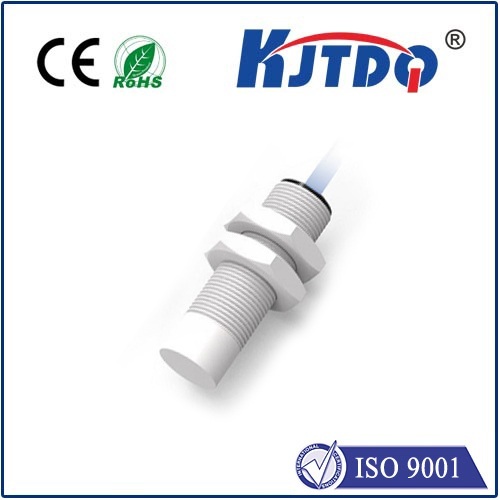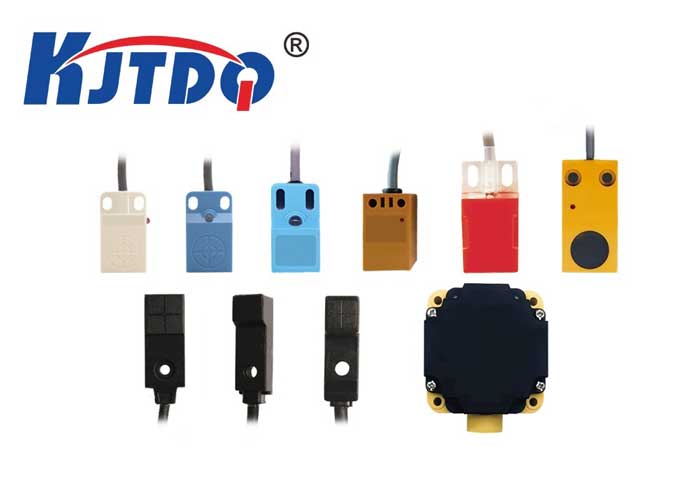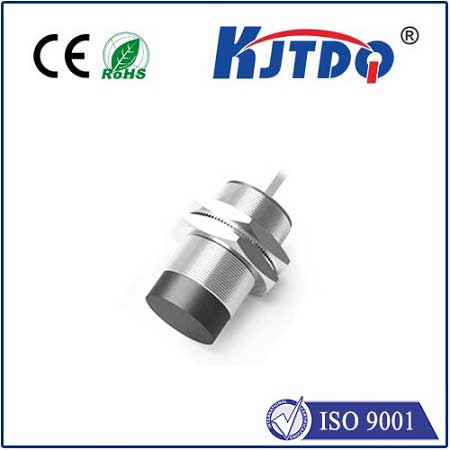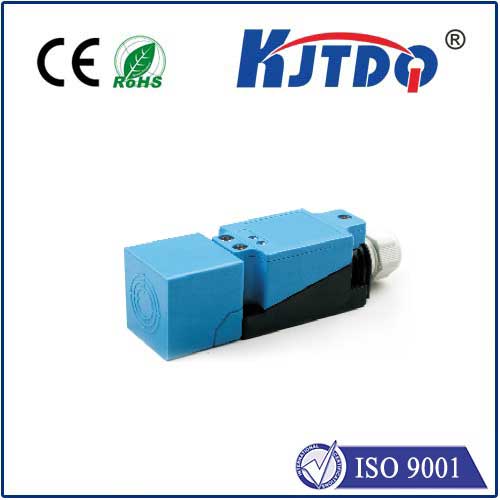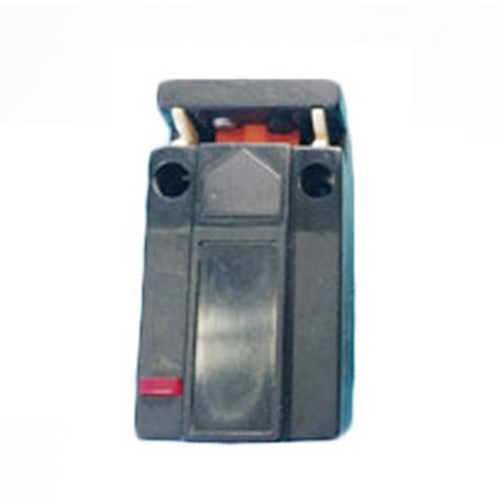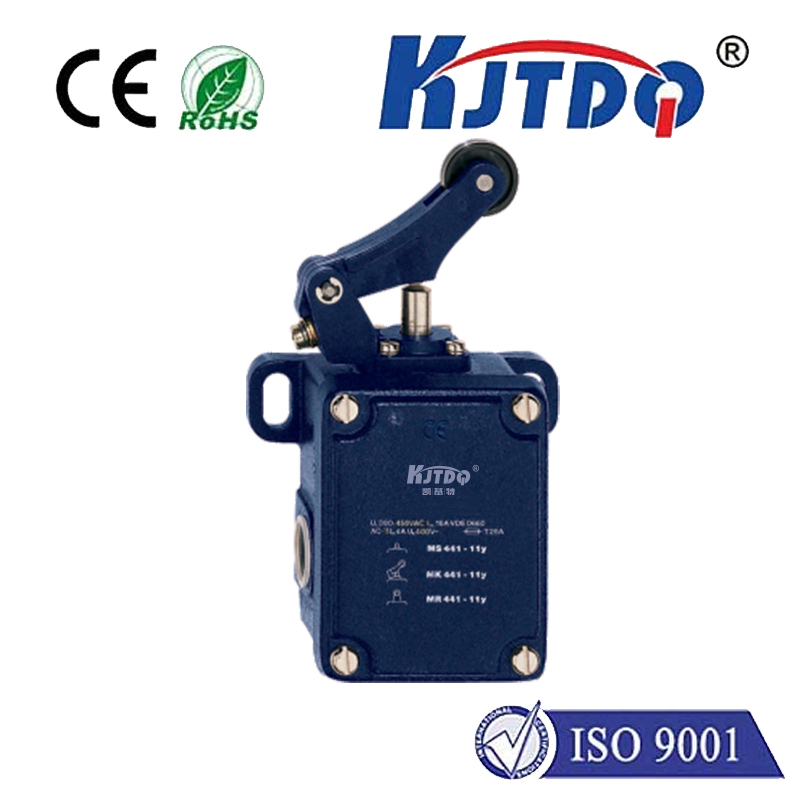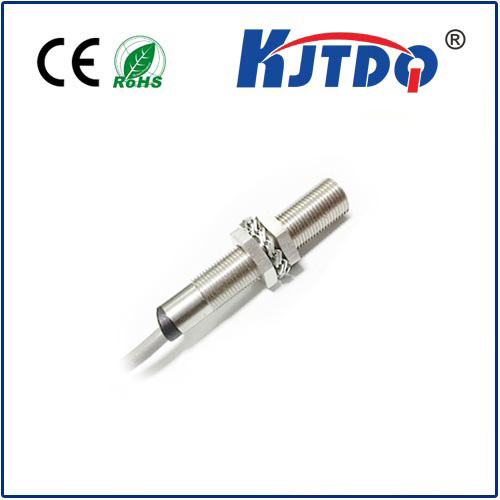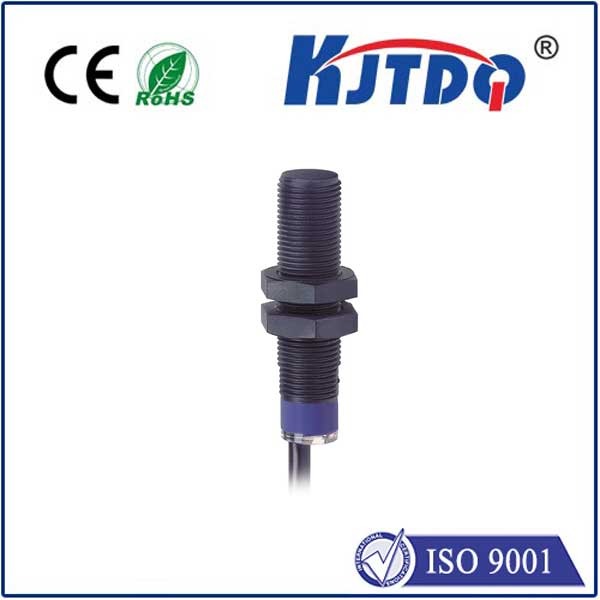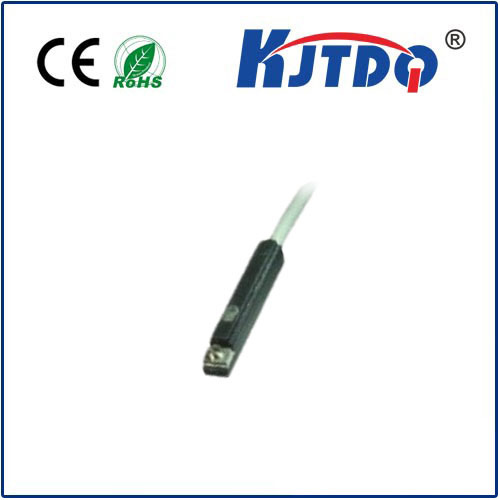

check

check

check

check

check

check

check

check

check

check
The evolution of automotive technology has introduced a myriad of innovations aimed at improving vehicle performance, safety, and efficiency. Among these advancements, the Hall Effect wheel speed sensor stands out as a pivotal component that plays a crucial role in modern vehicles’ operation. This article delves into what Hall Effect wheel speed sensors are, how they work, and their importance in the realm of automotive technology.
Before delving deeper, it is essential to understand what a Hall Effect sensor is. Named after its discoverer, Edwin Herbert Hall, this type of sensor operates on the principle of the Hall Effect—a phenomenon where electric voltage is produced across a conductor perpendicular to both an electric current through the conductor and a magnetic field. In the context of automotive applications, Hall Effect sensors are utilized for various purposes, one of which is detecting wheel speed. A Hall Effect wheel speed sensor is meticulously designed to measure the rotational speed of a vehicle’s wheels. It does so by monitoring the passing of teeth on a gearwheel attached to the wheel. The data generated from this process is pivotal for several systems within a vehicle, including Anti-lock Braking Systems (ABS), Traction Control Systems (TCS), and Electronic Stability Programs (ESP).

At its core, the Hall Effect wheel speed sensor comprises a semiconductor crystal encased in plastic. As the wheels rotate, the passing teeth cause changes in the magnetic field detected by the sensor. These changes induce small electrical signals that are directly proportional to the wheel’s speed. The sensor then sends this information to the vehicle’s central processing unit, enabling critical adjustments to be made in real-time to enhance vehicle control under various driving conditions.
The significance of the Hall Effect wheel speed sensor cannot be overstated. Its ability to accurately measure wheel speed allows modern vehicles to respond dynamically to different road conditions and driving behaviors. For instance, during sudden braking or acceleration, the sensor provides real-time feedback that enables systems like ABS and TCS to kick in, preventing wheel lock-up and ensuring optimal traction, thereby enhancing passenger safety and vehicle handling. Furthermore, Hall Effect sensors offer several advantages over traditional electromagnetic sensors, including better immunity to noise and greater accuracy over a wide temperature range. This reliability ensures consistent performance and extends the operational lifespan of the sensors, reducing maintenance costs and downtimes for vehicle owners and manufacturers alike.
As automotive technology continues to advance, the role of the Hall Effect wheel speed sensor is expected to expand further. With the emergence of autonomous driving technologies and the increasing demand for enhanced vehicle safety features, the need for precise and reliable speed sensing mechanisms like the Hall Effect sensor becomes even more paramount. Its potential integration with other intelligent systems could pave the way for more sophisticated vehicle dynamics control, contributing significantly to the future of transportation. In conclusion, the Hall Effect wheel speed sensor is more than just a component in a vehicle; it is a testament to the ingenuity of modern automotive engineering. By enhancing vehicle safety, performance, and driver experience, it underscores the importance of continual innovation in the quest for safer and smarter transportation solutions.
